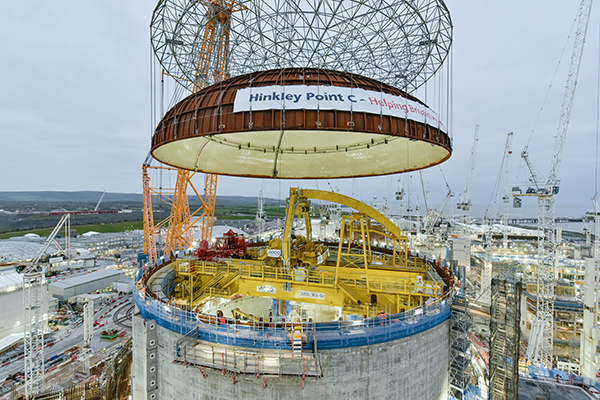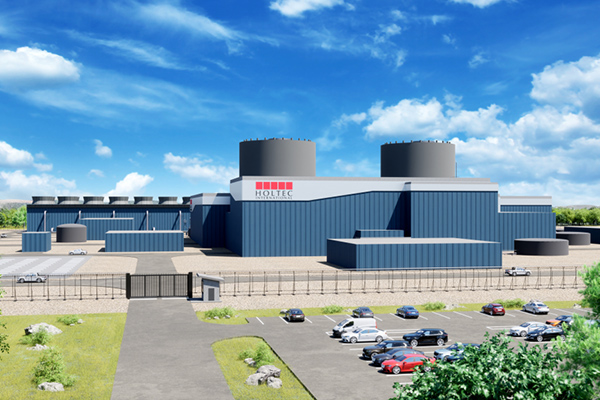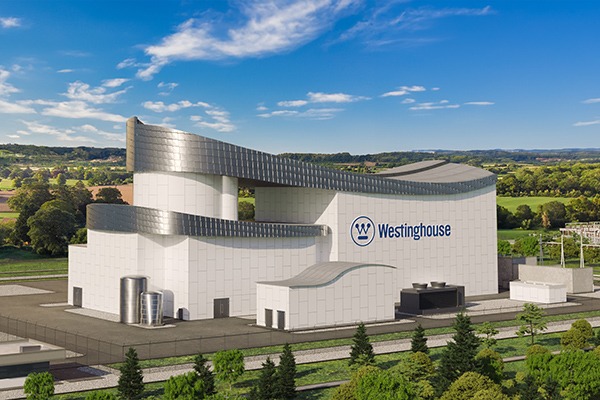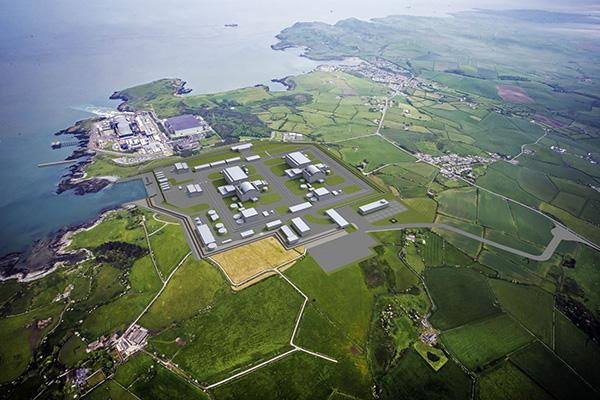The UK government has restated its ambition for 24GW of nuclear power by 2050 in its new civil nuclear roadmap.
Civil nuclear: roadmap to 2050 outlines plans for a major expansion of nuclear power, including a potential gigawatt-scale reactor to follow Hinkley Point C (now under construction) and Sizewell C (with a final investment decision due this year). The 24GW target was first announced in the 2022 Energy Security Strategy.

The roadmap includes an ambition to secure 3–7GW worth of investment decisions on new nuclear projects every five years from 2030 to 2044. Ministers will work with industry to come up with ideas to accelerate new nuclear projects while maintaining safety and security.
Investment is likely to include a mix of gigawatt-scale reactors and new designs of small modular reactor (SMR). The government’s delivery vehicle, Great British Nuclear, is currently working to identify SMR technologies which could reach final investment decisions after 2029.
The document considers the role of advanced manufacturing in delivering new nuclear power, highlighting support available from the Nuclear AMRC including the Fit For Nuclear supplier development programme and research into electron beam welding of reactor pressure vessels.
Earlier this week, the government announced an investment of up to £300 million in UK production of the high-assay low-enriched uranium (haleu) fuel required to power high-tech new nuclear reactors, which is currently commercially produced only in Russia. An additional £10 million will be provided from the Nuclear Fuel Fund to develop the skills and sites needed to produce other advanced nuclear fuels in the UK.
The government is also launching two consultations, on a new approach to siting future nuclear power stations, and on alternative routes to market for advanced nuclear projects. The proposals aim to attract investment by empowering developers to find suitable sites rather than focusing on the eight currently designated as nuclear development sites.
The roadmap will be updated by the end of 2025.




